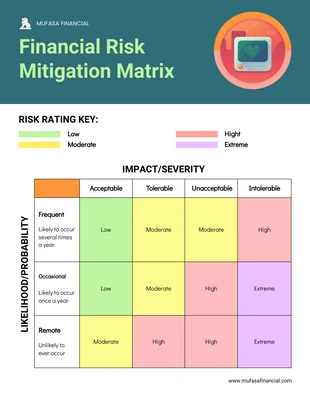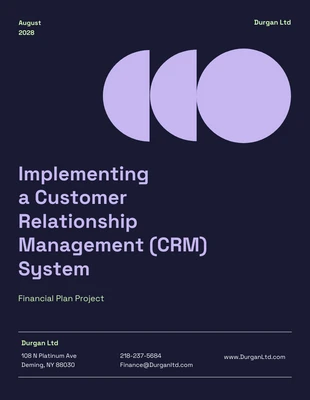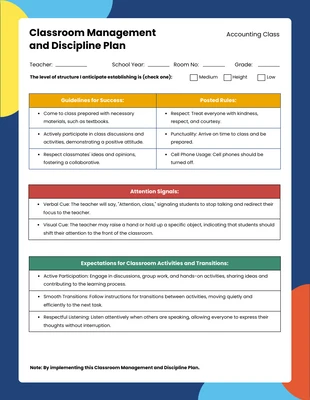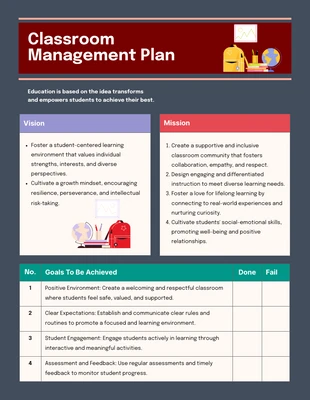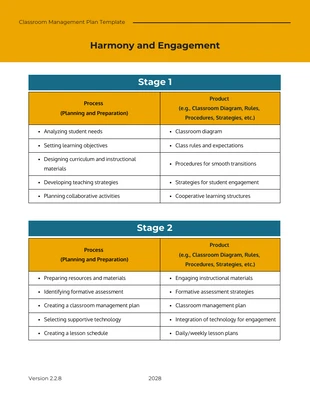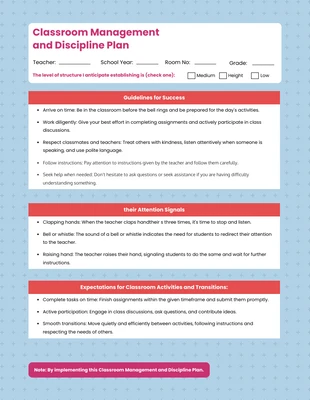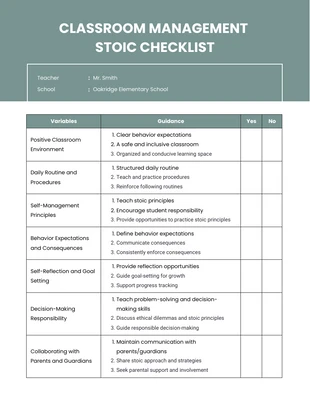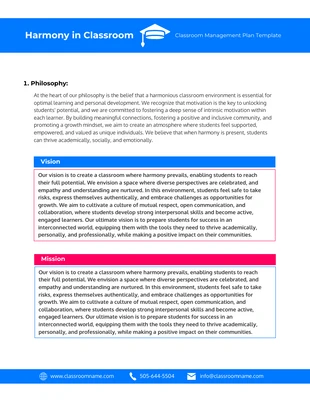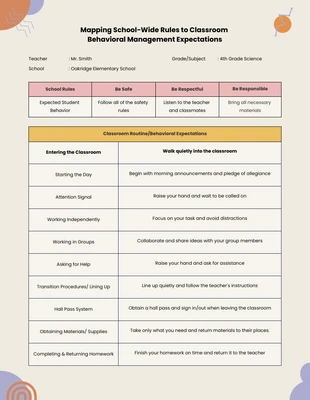
Risk Management Plan Example Template
Prep a program to identify, assess, and manage risks to your business by personalizing any of these risk management plan templates.
100% customizable templates
Millions of photos, icons, charts and graphics
AI-powered editing features
Effortlessly share, download, embed and publish
Easily generate QR codes for your designs
- SizeLetter (8.5 x 11 in)
- File typePNG, PDF, PowerPoint
- Planpremium
Risk management is recognizing, assessing, and responding to threats to minimize the negative impact they may have on a business. It includes the risk appraisal, identification, and selection of control measures to mitigate those risks, implementation and monitoring of controls, and continual review and improvement of the risk management process. The primary purpose of risk management is to ensure that risks are controlled to an acceptable level and do not jeopardize the achievement of objectives. To do this, organizations need to have a clear understanding of the risks they face, as well as the potential impacts. There are a variety of methods that you can use to manage risk. The most common approach combines prevention, detection, and response measures. Prevention measures are designed to avoid or reduce the likelihood of risks occurring. You can do this through policies, procedures, and controls. For example, a policy could be implemented that requires all employees to undergo background checks before they are hired. This would help to prevent risks such as fraud or theft. Detection measures are
